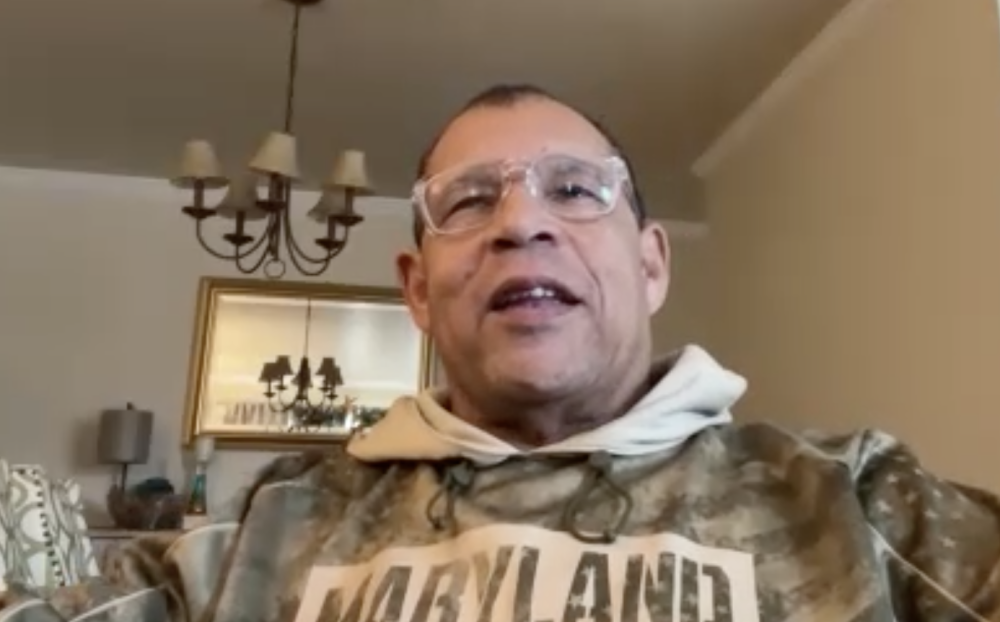despite the maximized, publicly financed facility and rabid fan base he found in Baltimore.
The team was still swimming in debt totaling nearly $300 million.
“It would be accurate to say that financially the move was more challenging than we anticipated,” David Modell told me.
Between paying off half of Cleveland, the general expenses of moving a business and playing the first two seasons of their tenure in Baltimore at antiquated Memorial Stadium – where their revenue stream was actually less than it was in Cleveland – they were barely making enough money as a business to pay off the interest, which was in excess of $20 million per year alone. There was just no way possible that the Modells were not going to be forced to find at least a minority partner. That much was inevitable.
The NFL became gravely concerned during the 1998 season and gave Modell several soft deadlines to find some ancillary funding and equity investors. The league had cure rights on the debt that the team had incurred. The biggest factor on the debt was a technical default that the team had against its borrowed money. The banks became nervous, which in turn made the league nervous. Although the team was never late or missed on any actual payments, when it comes to big business and banking, certain complicated ratios need to be maintained in order for the lender to feel good about its creditors’ ability to continue paying the note. The Ravens fell below that margin and were forced to take almost immediate action to find money within a six-month window, beginning in the spring of 1999, right after the hiring of Brian Billick.
The type of money necessary to become solvent – somewhere in the range of $300 million – would only bring one type of investor: the kind who wanted control, either now or in the future.
John Moag, who had by then left the Maryland Stadium Authority for a job in the private sector with Legg Mason, a brokerage in Baltimore, found the perfect candidate for the Modells in a local boy who made good: businessman Steve Bisciotti.
Bisciotti, just 39 at the time and a media reluctant billionaire, could often be seen courtside at University of Maryland basketball games and was a renowned entrepreneur in Maryland with the advent and emergence of a staffing company called Aerotek. Bisciotti not only wanted to be a silent partner on the front end, he wanted to quietly learn the business of the NFL while partnering with the Modells and utilizing their years of experience.
Early in the 1999 season, Bisciotti agreed to buy a 49 percent stake in the team for $275 million and an option to purchase the remaining shares in 2004 for $300 million more, allowing the Modells to grandfather their way out of the NFL after more than 40 years. Bisciotti was allowing the Modells a few more chances to win a Super Bowl and to potentially go out of the football business with dignity. More importantly, Bisciotti immediately delayed a 7 percent return on his investment in equity, allowing the team the proper cash flow to pursue free agents like Shannon Sharpe, Trent Dilfer and Sam Adams during the spring of 2000, as well as ink long-term deals with Jonathan Ogden and the team’s 2000 draft picks.
Virtually every individual in the know in the Ravens’ brass would tell you that without the presence of Bisciotti – and more specifically the money he fronted the team by becoming a partner – the Ravens wouldn’t have had a prayer of winning the Super Bowl.
Again, it was David Modell who got the deal done. And this was a deal more about heart and family than it was about money.
The team just couldn’t go on, and it couldn’t win the way things were. The sale had to happen, but imagine the pain of the decision to leave a business that had been identified with the family for
(NEXT)



























